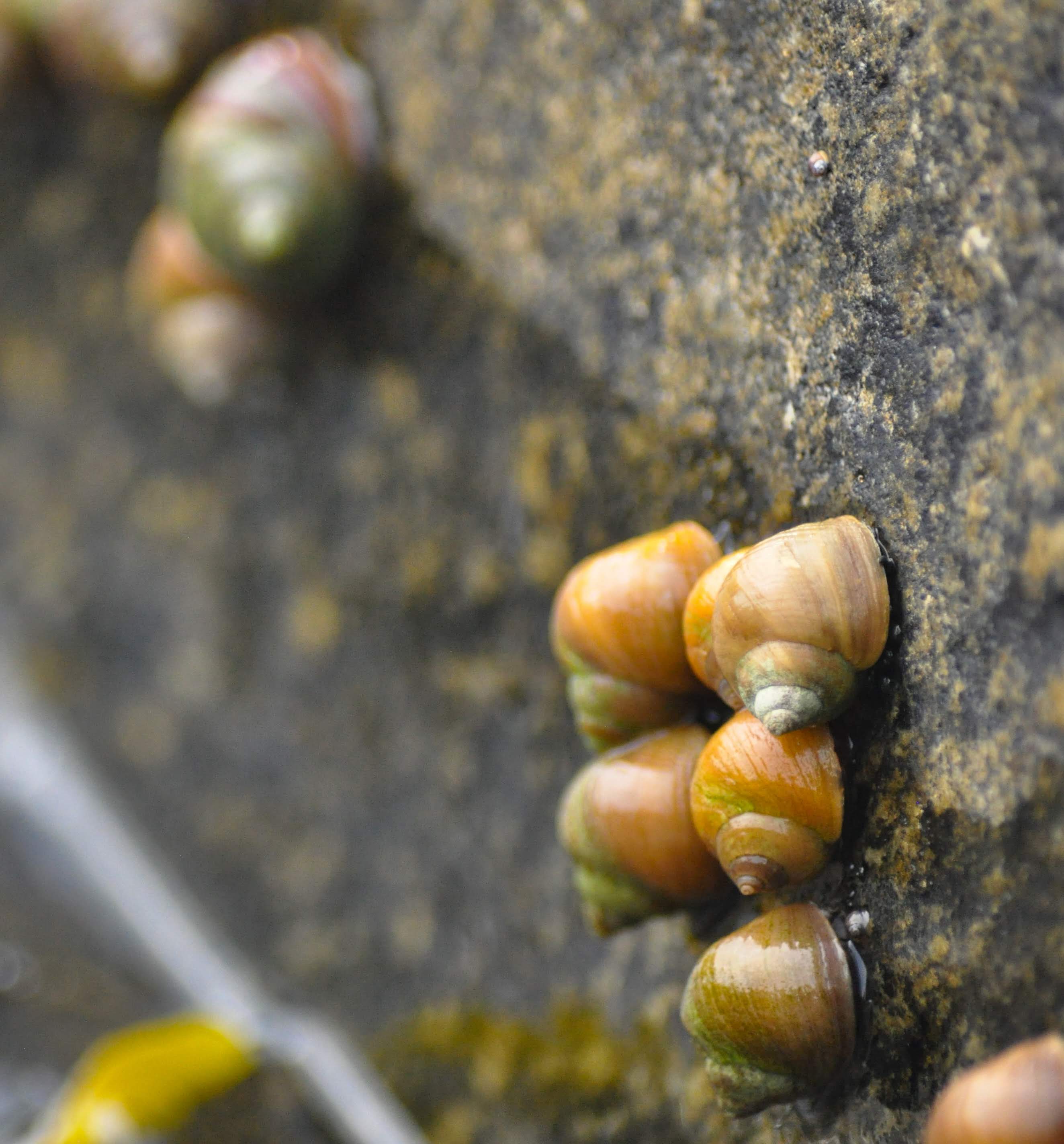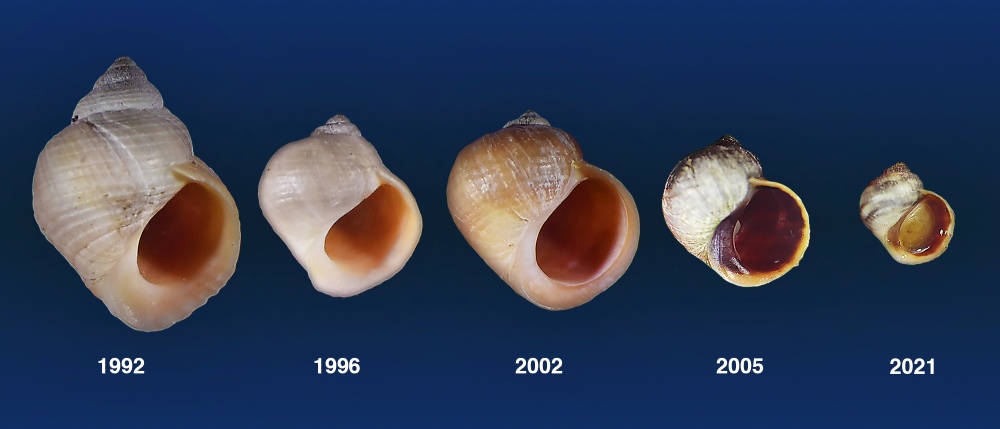Scientists watched as a population of sea snails evolved within just a few years. Along with documenting a vivid example of “rapid evolution,” the researchers were able to successfully predict how the snails would change at the start of the 30-year experiment, suggesting that evolutionary change is not always as unpredictable as it may seem.
The story begins in 1988 when an aggressive bloom of toxic algae wiped out the populations of marine snails, known as Littorina saxatilis, living along the rocky shores of the Koster archipelago in Sweden. Snail populations on some of the large islands managed to bounce back within just a few years, but they failed to recover among some of the smaller rocky islands, known as skerries.
To restore the lost populations, a marine ecologist at the University of Gothenburg began slowly reintroducing L. saxatilis snails to their small skerry habitats in 1992. Over the next 30 years, they kept a close eye on the populations and watched as they changed.
Also known as the rough periwinkle, L. saxatilis is a common species of marine snail found throughout the North Atlantic shores with a considerable amount of variability. Depending on their surrounding environment, the snails will display different traits including size, shell shape, shell color, and behavior.
The Swedish Koster archipelago is home to two main ecotypes of the marine system: some have evolved thick and patternless shells to cope with the threat of hungry crabs, while others have developed smaller and lighter shells with patterns that help them stick to rocks while being hit by crashing waves.

A gang of Wave ecotype snails on a skerry.
Image courtesy of Daria Shipilina
The reintroduced snails belonged to the Crab ecotype, although there weren’t actually many crabs on their skerries but plenty of strong waves. Just as the researchers had expected, the shell of the snail population had shifted to look more like the Wave ecotype within just a few generations, reflecting the spread of genetic variants that improve survival in wavey environments.
“What we have found is that snails are not as slow as you might think. The rough periwinkles we studied were able to quickly shift their physical traits like shell size and shape,” Dr Sean Stankowski, study co-author and lecturer in ecology and evolution at the University of Sussex, said in a statement sent to IFLScience.
“Instead of only measuring changes in traits, we also studied the snails DNA which contains the instructions needed to build these adaptations. We were able to use information from other populations to quite accurately predict how the DNA sequences would evolve. This study was conducted over a 30-year period, but most of the changes we observed were achieved in the first three,” he added.

Crab ecotype snails (1992) evolved to strikingly resemble the lost Wave ecotype snails on a skerry.
Image credit: ISTA, images by Kerstin Johannesson
It’s noteworthy that the snails did not evolve these traits entirely from scratch, as much of the DNA was already present in the population’s robust gene pool.
“Some of the genetic diversity was already available in the starting Crab population but at low prevalence. This is because the species had experienced similar conditions in the recent past. The snails’ access to a large gene pool drove this rapid evolution,” Anja Marie Westram, co-corresponding author and a researcher at Nord University, explained in another statement.
Nevertheless, this is still very much an example of evolutionary change. Evolution does not necessarily involve the development of new traits or new species (although that certainly can happen if enough changes are built up). Biologically speaking, the term evolution simply explains how forces like natural selection and genetic drift can result in certain characteristics becoming more or less common within a population over successive generations.
These changes can sometimes take centuries to unfold, resulting in profound change over a long period. Alternatively, as this new study shows, noticeable change can also bloom in just a few years.
“The Earth’s history shows that when environments change, evolution finds a way to keep life going – it’s incredible the kinds of environmental challenges it’s able to solve. This research is just one example of how organisms can evolve at this kind of rate, and we look forward to seeing what other observations can be made in future. A lot of people think that you can’t observe evolution, but we absolutely can, it’s going on all around us,” said Dr Stankowski.
The study is published in the journal Science Advances.
Source Link: Rapid Evolution Observed In Swedish Sea Snails Within Just 3 Years